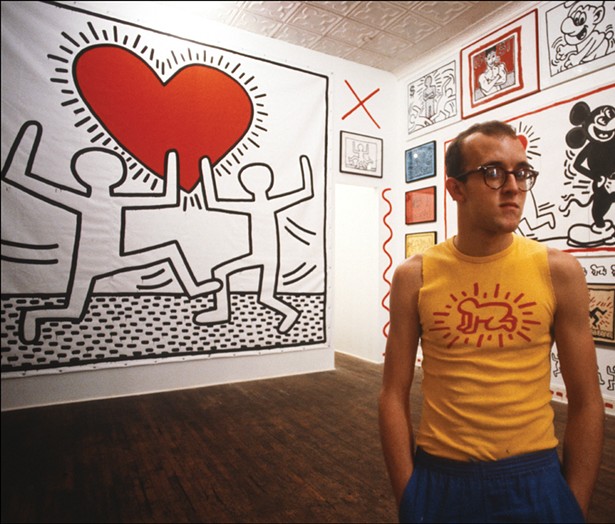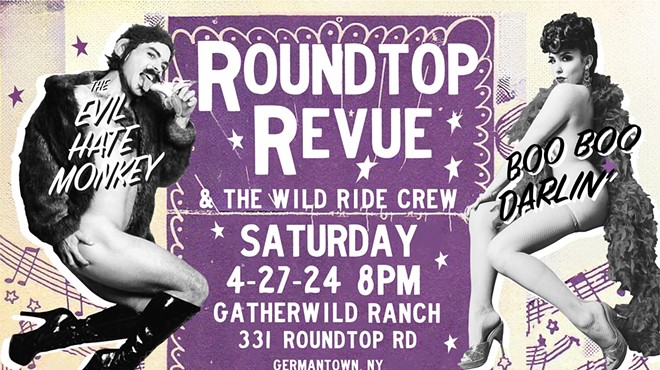"We really feel like everyone, especially young people, should be reminded of what Keith Haring stood for: art and justice are for everyone,” says Chris Rossi, director of exhibitions at Fenimore Art Museum in Cooperstown, where over 100 of the pop artist’s works are on display now through September 5 as part of its exhibition “Keith Haring: Radiant Vision.”
Following a year of social, racial, and political upheaval, the opportunity for a new generation to experience Haring’s activist art at Fenimore is a timely one. “He’s one of these artists whose work has become iconic,” says Rossi. “Some might not know the name, but they know the work when they see it because he spoke to universal feelings.”
As a young, openly gay artist who rose to prominence in New York City’s gritty street art scene during the 1980s, Haring often used his work as an urgent societal call to action. Inspired by the art-for-everyone ethos embraced by artists like Andy Warhol and the liveliness of the city’s graffiti, he gained notoriety for the performance-based chalk drawings he created in the empty black ad spaces in subway stations. The striking, energetic icons that filled them—radiant babies, UFOs, and barking dogs—would become central symbols in his work.
Rossi herself was working for the Museum of Natural History when Haring’s subway work was at its height. “I remember seeing his pieces around the city. He’d ride the train and hop off when he saw an unused ad space and just draw with chalk. He’d get arrested, but he even had the support of some of the police, and people began to know who he was. Then in 1982 he had his big gallery show, and the rest is history,” she says. In 1983, Haring was included in the Whitney Biennial. By 1984, he had exhibited in Brazil, Spain, Japan, Italy, and England. People began stealing his subway pieces and selling them.
Despite his rapid rise to stardom, Haring remained devoted to creating art that belonged to the community and advocated for societal change. Over his short but prolific career, which was cut short by AIDS, Haring used his playful, seemingly simple icons and bold color palette as an accessible visual language to discuss issues like gay rights and the AIDS crisis, as well as the crack epidemic and apartheid. His many public works, which included murals for charities, hospitals, children’s day care centers, orphanages, can still be found in cities around the world.
After several years of working with a private collection to mount this summer’s exhibition, Fenimore offers visitors a view into Haring’s important role as an activist artist. From lithographs to silkscreens, drawings on paper, and posters, the exhibit provides an overview of the artist’s impressive breadth and diversity of mediums. In the spirit of Haring’s work and his dedication to the betterment of youth, the museum is also sponsoring the creation of a mural in Cooperstown’s Pioneer Park and offering free admission to museum goers under 19.
For more information about “Keith Haring: Radiant Vision,” visit Fenimoreartmuseum.org or call (888) 547-1450.













